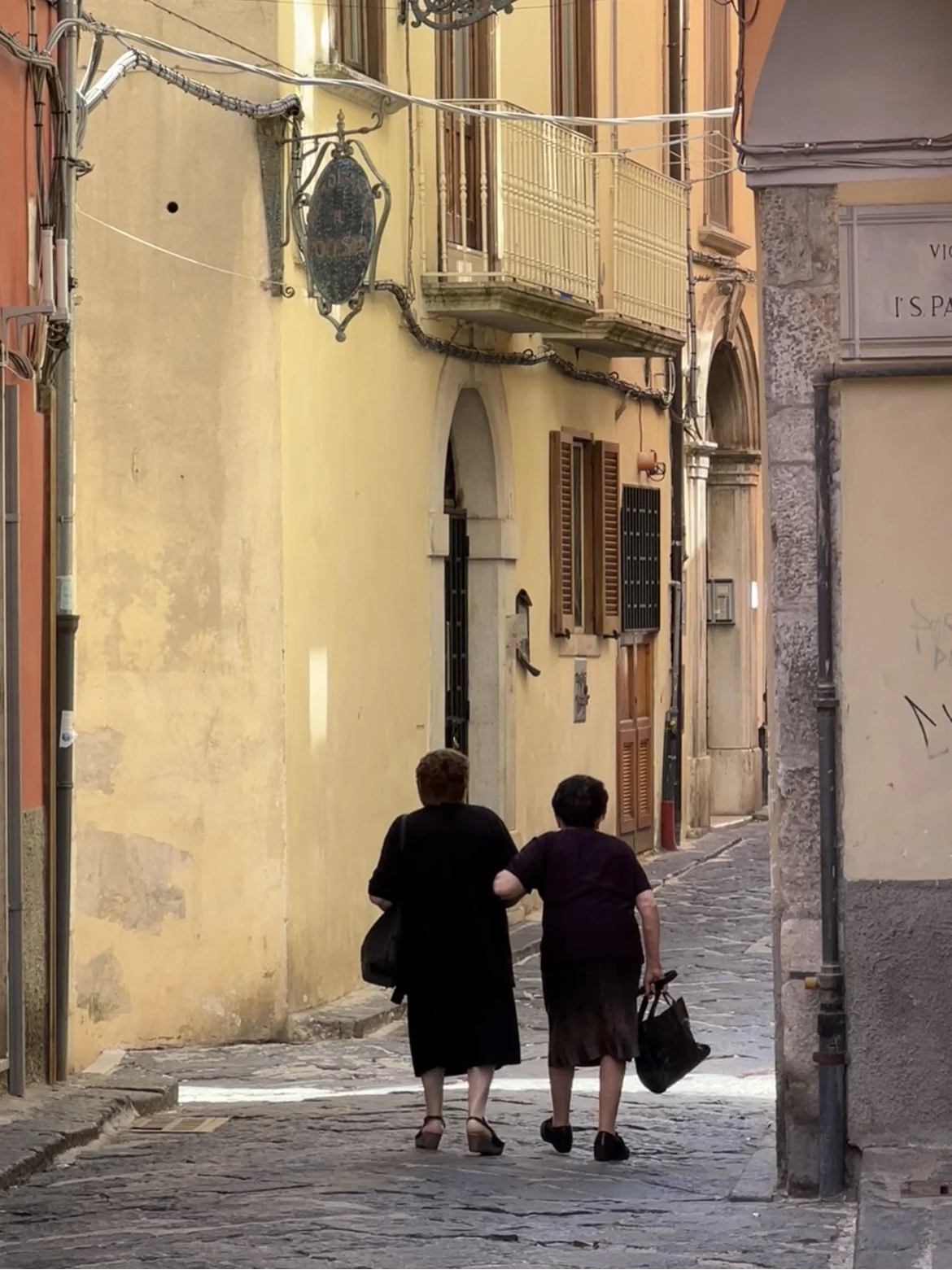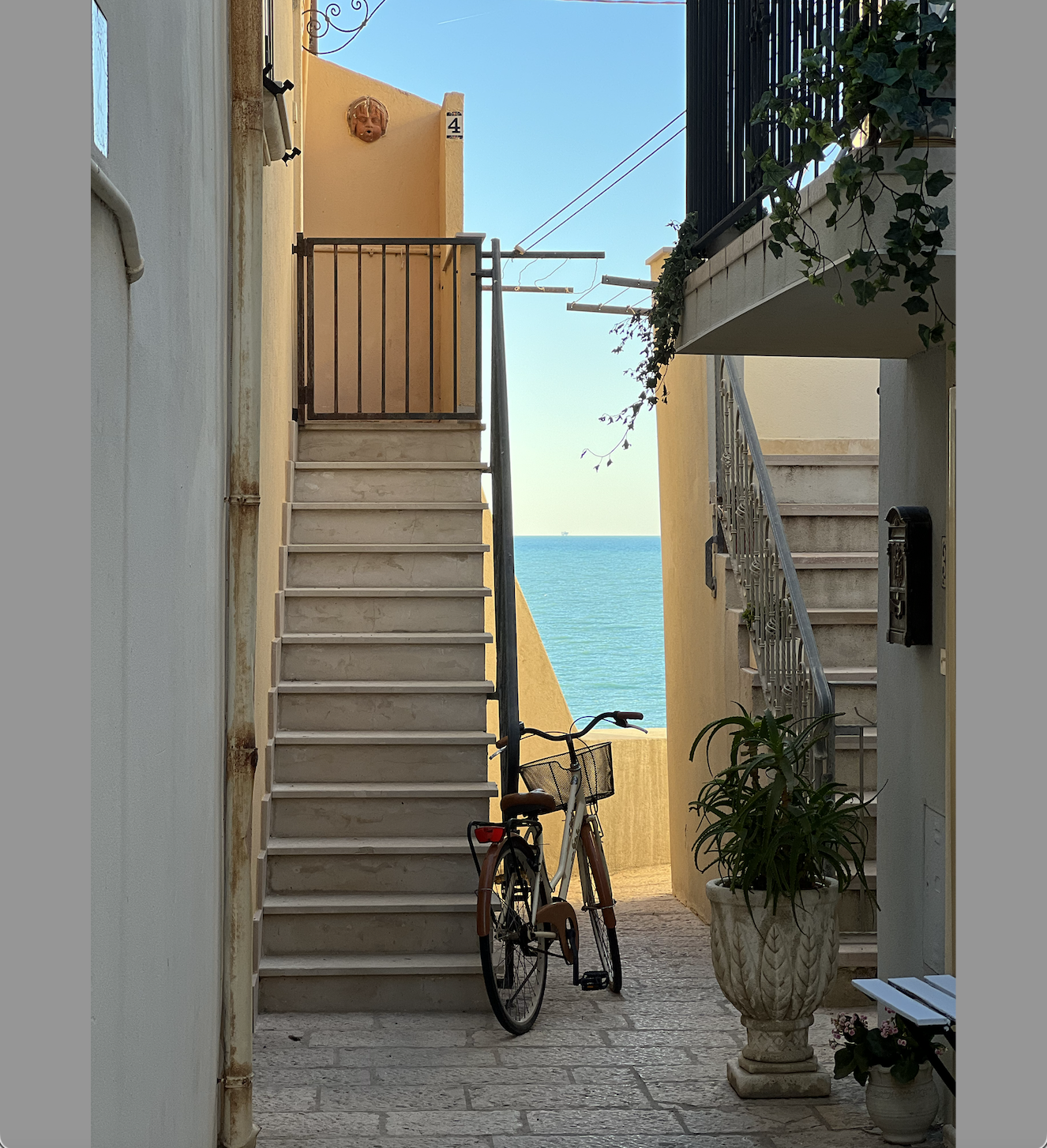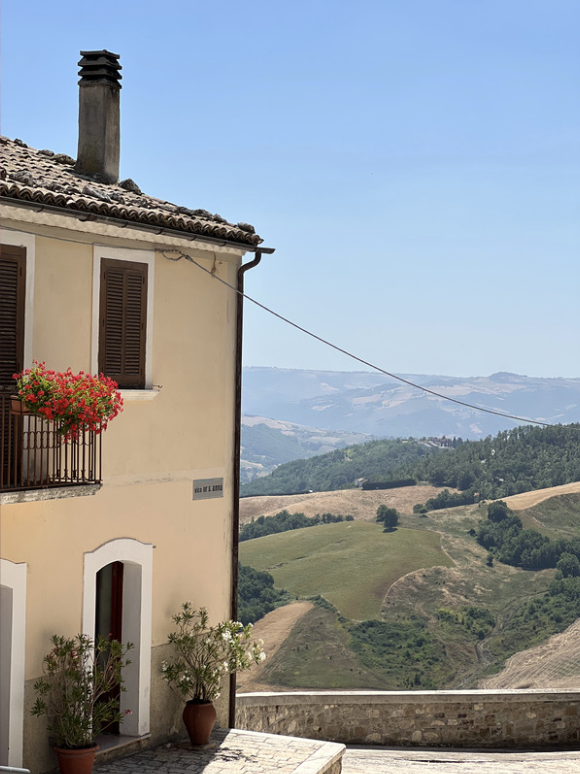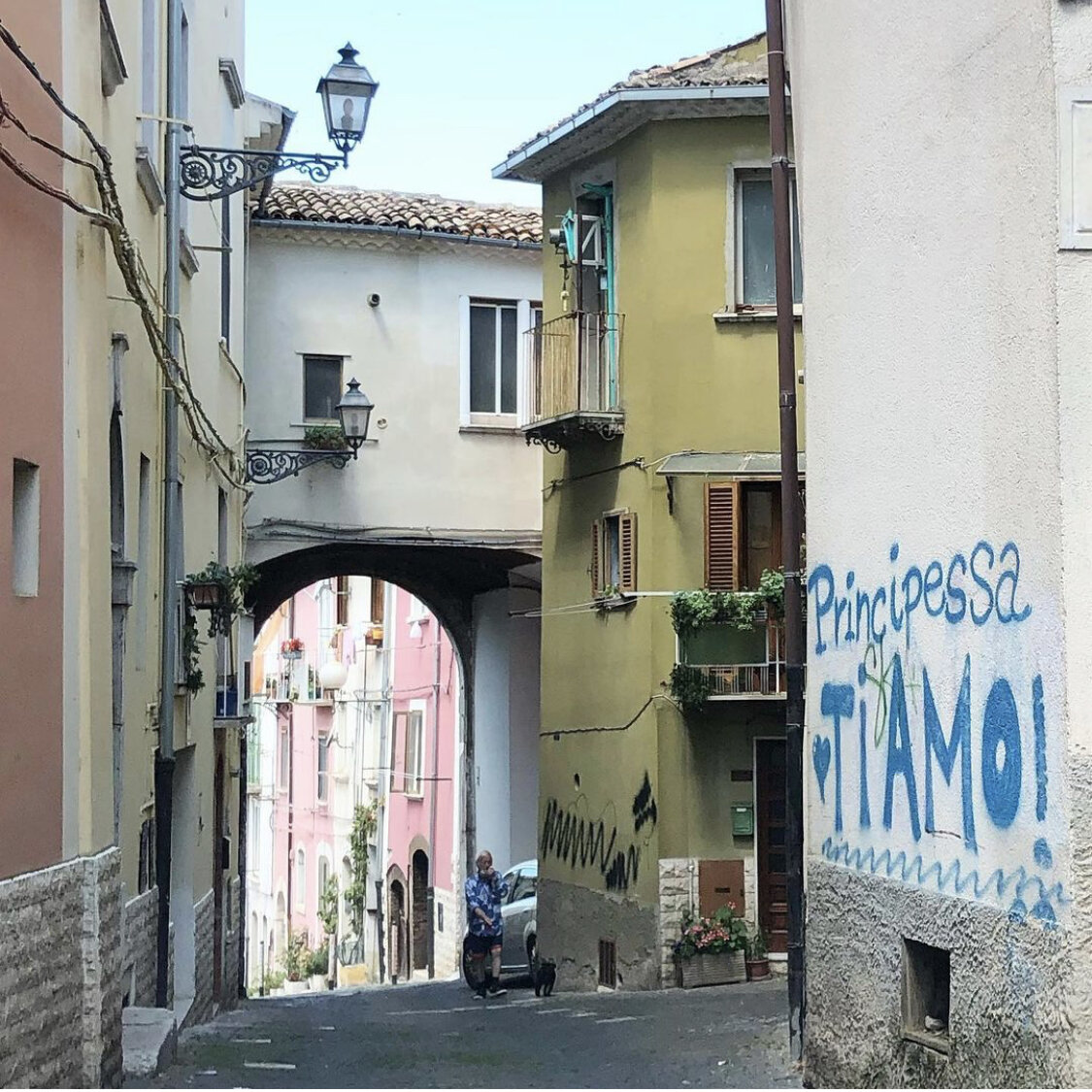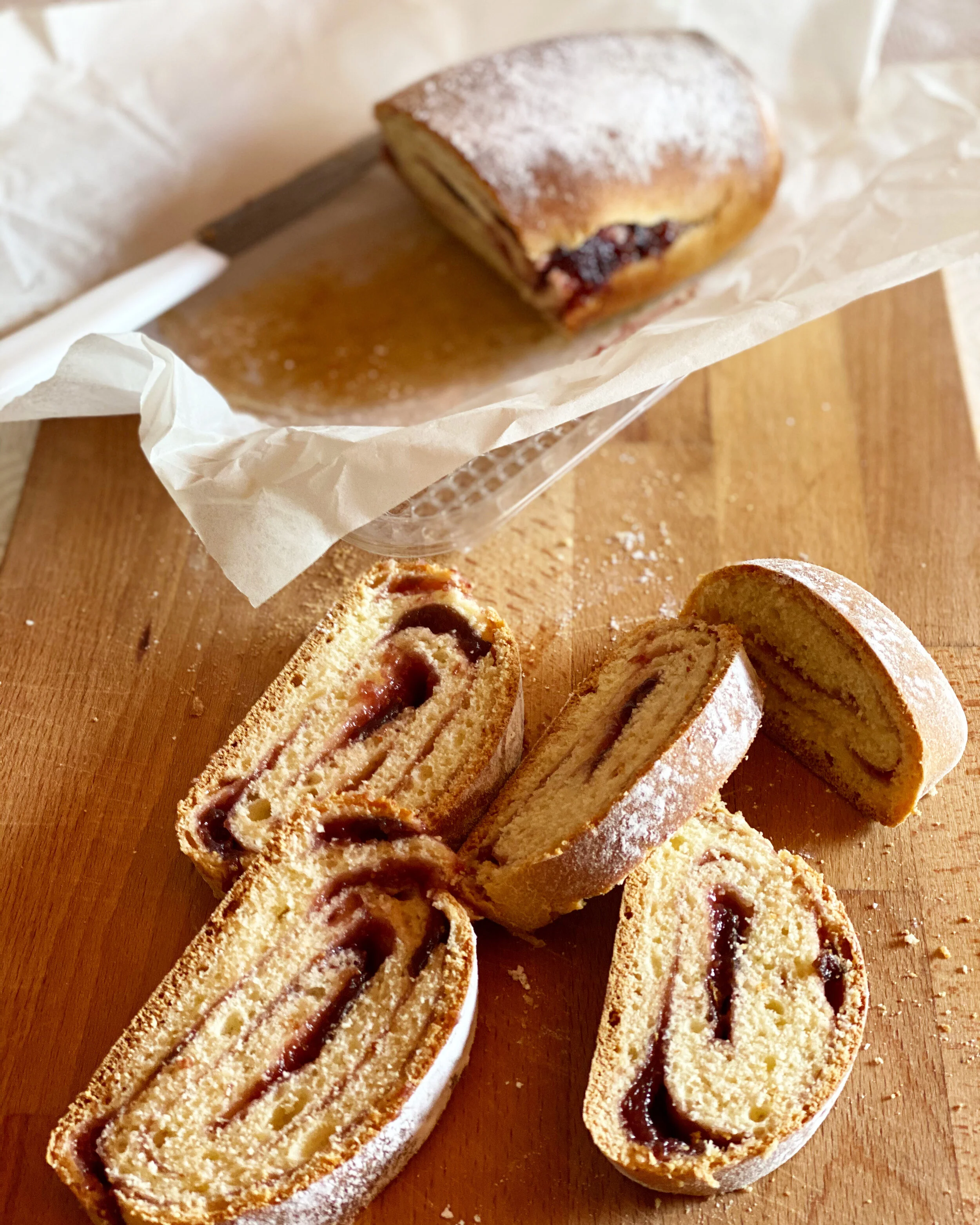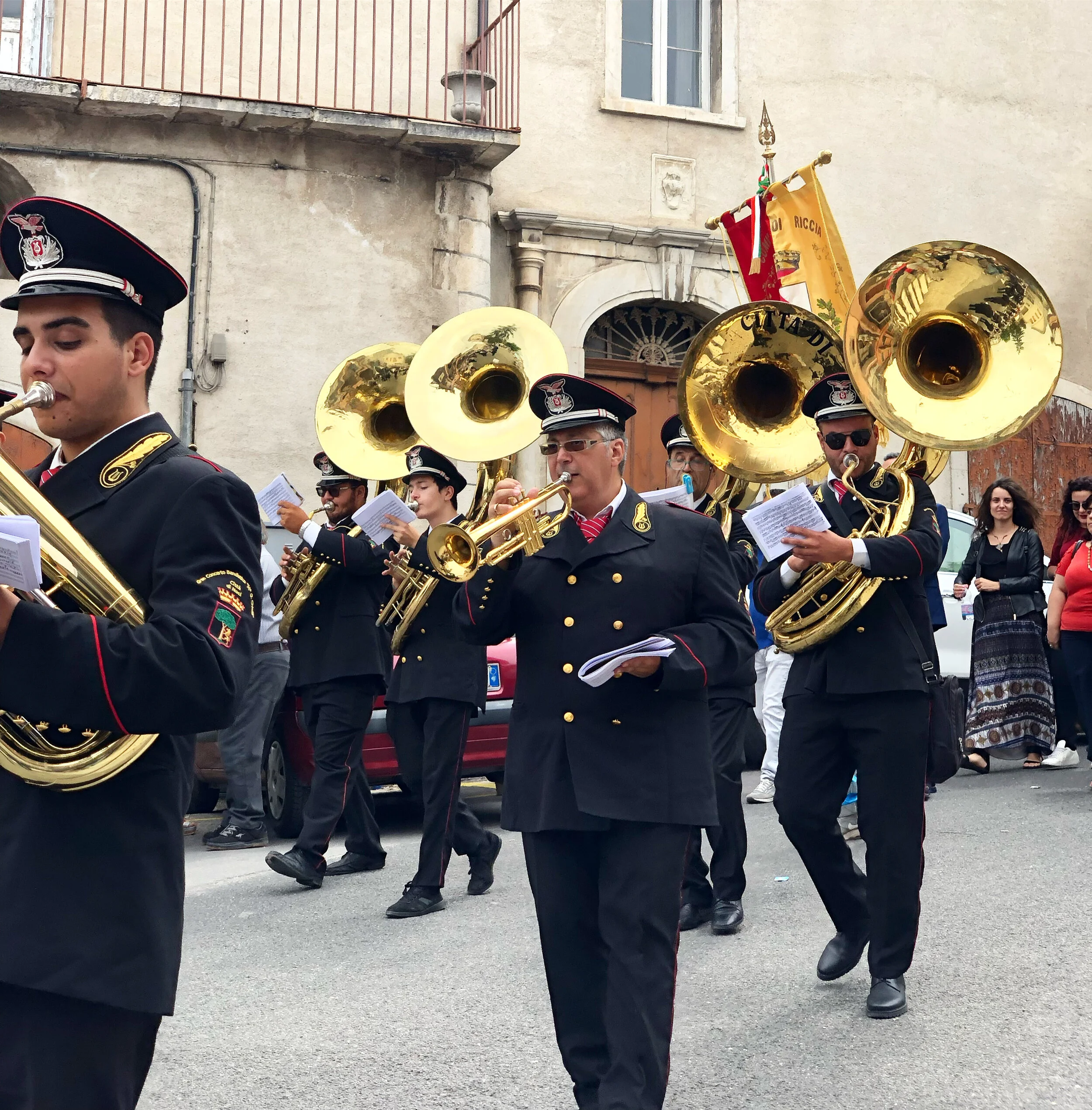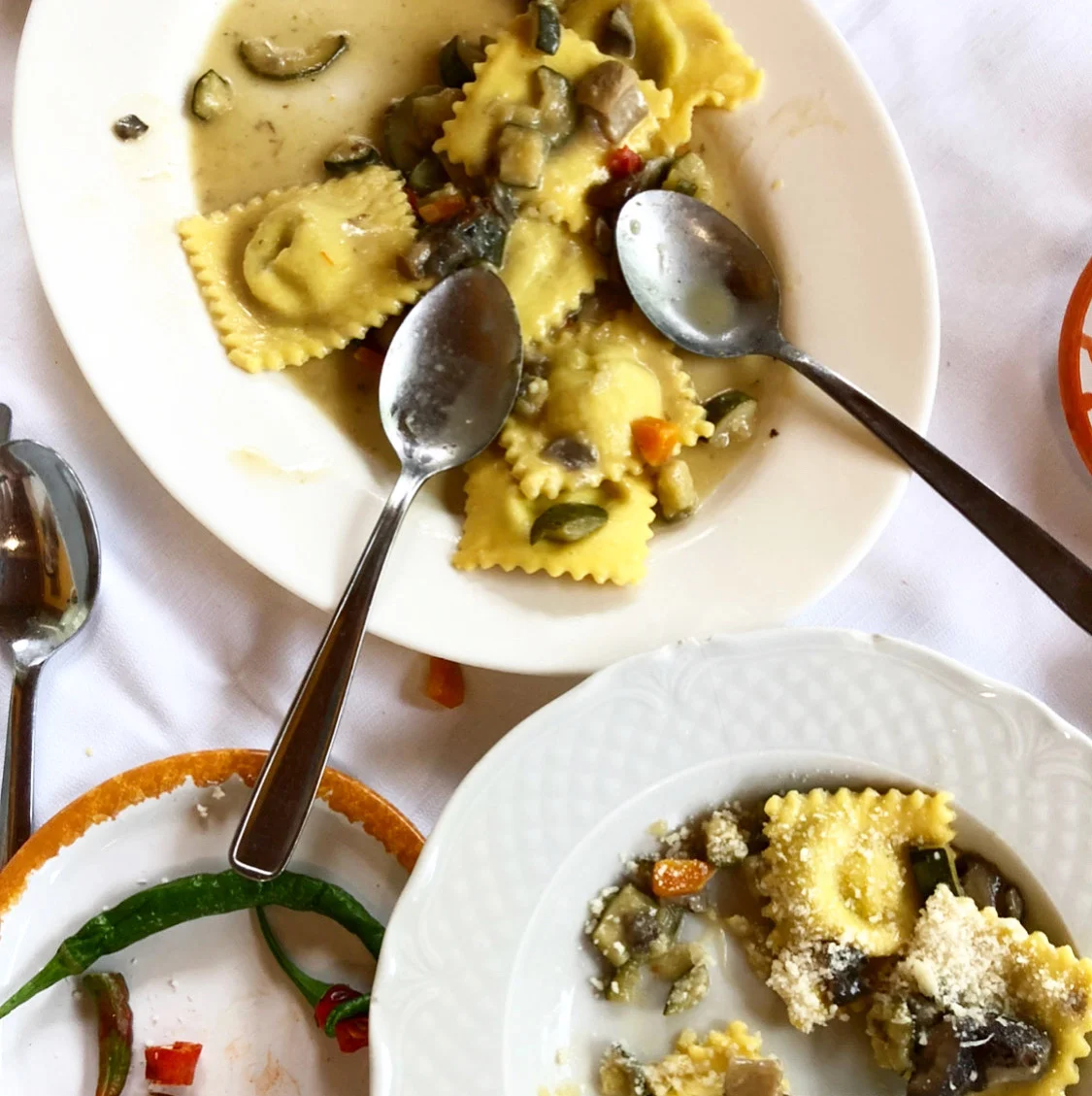Getting to Know Molise – Italy’s Most Mysterious Region
“Molise non esiste” – Molise doesn’t exist.
What started out as a joke amongst Italians alike has turned into a national phenomenon, poking light fun at one of Italy’s twenty regions—a mysterious, small, off-the-beaten-track type of region, that is. Surrounded by tourism-dominating regions like Puglia, Campania, and Abruzzo, it’s no wonder you may not have heard of this small, Narnia-like place. But contrary to popular belief, it absolutely does exist—and is beyond worth a trip down the Boot.
So, what’s waiting for you down in little ol’ Molise, you may ask?
Image - The Little Italian School (Campobasso)
Why It’s Worth Visiting
Molise is authentic as authenticity gets (That’s right, move over Orvieto and Bologna!). There are no high speed trains from major hub destinations like Rome and Florence, despite its decently central location, so off the bat, you’re already destined to take it slow. Instead, you are greeted with Adriatic coastlines, unspoilt nature, barely touched villages, traditional cuisine, and knowing each other by word of mouth. Molise feels like a breathe of fresh air. And you’ll want to definitely take in a few breaths when you visit, because the air is that fresh, believe us!
Mass tourism—and tourism in general, for that matter—has not taken over the region, which is what makes Molise all that much more magical. To get there, you’ll likely need to rent a car, take a regional train that involves a few pit stops along the way, meander on winding roads, or better yet, join a group tour with locals who are spearheading the open doors to those curious enough to explore the region.
From ancient Samnite ruins to local artisans still practicing century-old crafts, there’s a richness that runs deep here you’ll feel as soon as you cross over into Molise territory. Into nature? Hike through mountain trails. Looking for that la vita lenta? Linger over a long lunch by the sea. Interested in observing daily life? Just sit in the piazza with a coffee and soak up the rhythm every day that not even Italians outside of Molise have seen.
Image - The Little Italian School (Termoli - Adriatic Coast)
Molise’s two halves
Molise is divided into two provinces.
First, Campobasso, the larger of the two, which is also home to the region’s capital. Campobasso—the cultural beating heart of Molise. It is perched between the Apennines and the Adriatic, and is definitely more traveled than its counterpart, Isernia. Isernia is quieter, smaller, and more mountainous—but don’t be fooled. It offers its own unique charm: centuries-old artisanal culture, traditional rural life, archaeological sites, and intimate annual festivals unique to each village.
Where to go
Like exploring Rome in Lazio or Florence in Tuscany, it would only be amiss to skip out on Molise’s capital Campobasso. Starting what is noted as the one of the biggest symbols of the city and even the entire region, take the climb up the Castello Monforte, a medieval castle that is believed to date back to the 14th and 15th century that that overlooks the city and the mountains. After the trek back down, there is the Samnite Museum that explores the lives of the Samnite people via artifacts before the Romans arrived to the region. Take a chance to explore the town’s medieval historic center where you can get lost between tight corners and local trattorias. About a 40 minute drive from Campobasso, you’ll reach Molise’s coastal jewel along the Adriatic sea, called Termoli. The ancient fishing town is noted for its pastel color buildings, ancient walls, sandy beaches and crystal clear waters like a summer day at Spiaggia di Rio Vivo.
Agnone, located in the province of Isernia, is an artisan haven. Known as the “town of bells,” it is home to the world-famous Marinelli Bell Foundry, noted as one of the oldest bell manufacturers in the world. There are also other traditional crafts prominent in the town, like cheese-making and ironwork to check-out. Other notable towns to explore include Jelsi, noted for its extravagant sagre (festivals), Pietrabbondante, and Sepino, noted for its roman ruins.
Image - The Little Italian School (Campobasso)
What to Eat
Let’s start with Cavatelli pasta which may just be Molise’s pride and joy. Originating from the territory famous for its production of durum wheat. Today, they are typically served with pork rib ‘sugo’, a specialty of the region. Then there’s Caciocavallo di Agnone, a nutty, stretched-curd cheese that’s often served melted over grilled bread. For a coastal dish, don’t miss out on Brodetto di Pesce alla Termolese—a flavorful fish stew from Termoli made with the daily catch, tomatoes, garlic, and herbs.
The Little Italian School Molise Tour
If you are keen to visit this little hidden gem we call home, join us on our Slow Living Molise Tour next July 2026. Click on the link to find out more here


